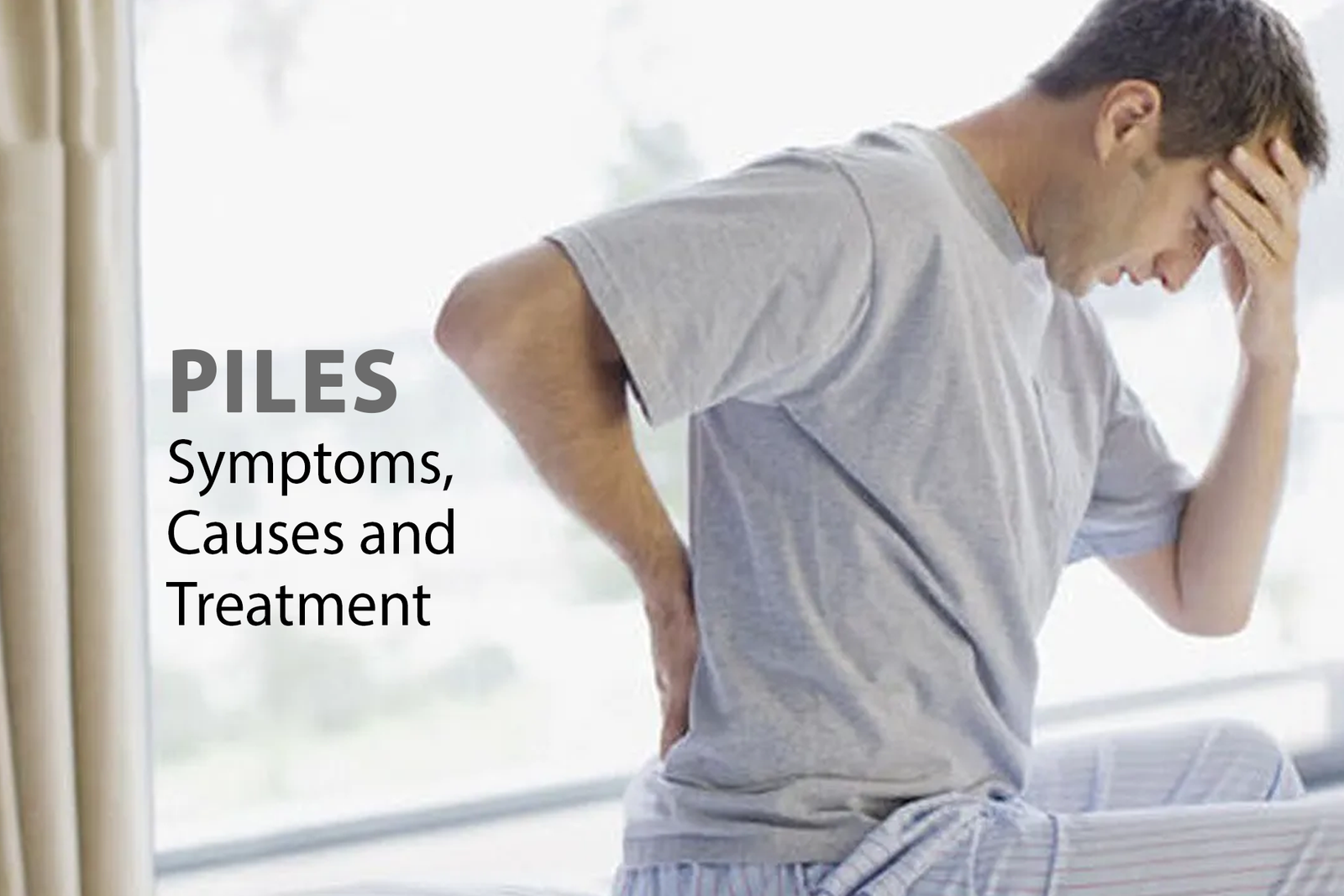John Doe
General SurgeonPretium saepe pariatur ornare cillum repudiandae inceptos iaculis cumque vulputate sequi neque quos exercitation aliquip interdum, veniam? Aute error, elit!

Pretium saepe pariatur ornare cillum repudiandae inceptos iaculis cumque vulputate sequi neque quos exercitation aliquip interdum, veniam? Aute error, elit!
Piles, also known as hemorrhoids, are swollen veins in the rectum or anus. They can be caused by various factors such as constipation, pregnancy, obesity, and aging. The treatment for piles depends on the severity of the condition.
1. Home remedies: There are several home remedies that can help relieve the symptoms of piles, such as applying a cold compress to the affected area, soaking in warm water, and increasing fiber intake.
2. Over-the-counter medications: There are many over-the-counter medications available for the treatment of piles, such as creams, ointments, and suppositories. These medications can help relieve pain, itching, and inflammation.
3. Prescription medications: If over-the-counter medications do not provide relief, your doctor may prescribe stronger medications, such as corticosteroids or painkillers.
4. Procedures: In severe cases, procedures such as rubber band ligation, sclerotherapy, or surgery may be required to remove the piles. It is important to consult a doctor if you have persistent symptoms of piles, as they can be a sign of a more serious condition. Additionally, maintaining a healthy lifestyle by eating a balanced diet, drinking plenty of water, and exercising regularly can help prevent the development of piles.

The signs and symptoms of piles, also known as hemorrhoids, can vary depending on the type and severity of the condition.
1. Pain or discomfort in the anal area: You may experience pain or discomfort around the anus, especially during bowel movements or when sitting.
2. Bleeding: Piles can cause bleeding, usually during bowel movements. The blood may be bright red or darker in color.
3. Itching and irritation: Piles can cause itching and irritation in the anal area, which can be uncomfortable.
4. Swelling: Hemorrhoids can cause swelling around the anus, which may be painful and uncomfortable.
5. Lump or protrusion: In some cases, piles can cause a lump or protrusion to form around the anus.
If you experience any of these symptoms, it is important to consult a doctor for a proper diagnosis and treatment. While piles are generally not a serious condition, they can be uncomfortable and cause significant discomfort. Your doctor can recommend the best treatment options based on the severity of your symptoms.
There are several factors that can contribute to the development of piles, also known as hemorrhoids. Here are some common reasons:
1. Straining during bowel movements: Straining during bowel movements due to constipation or diarrhea can put pressure on the veins in the anus, leading to the development of piles.
2. Pregnancy: Pregnancy can cause increased pressure on the veins in the pelvis and anus, leading to the development of piles.
3. Obesity: Being overweight or obese can put increased pressure on the veins in the anus, contributing to the development of piles.
4. Aging: As we age, the tissues in the anus and rectum can weaken, making us more susceptible to the development of piles.
5. Family history: If other members of your family have had piles, you may be more likely to develop them.
6. Chronic diarrhea or constipation: Chronic diarrhea or constipation can put pressure on the veins in the anus, contributing to the development of piles.
It is important to maintain a healthy lifestyle, eat a balanced diet, and exercise regularly to help prevent the development of piles. If you experience symptoms of piles, it is important to consult a doctor for a proper diagnosis and treatment.
To diagnose piles or hemorrhoids, a doctor will typically perform a physical examination of the rectal area. This may involve visually inspecting the anus and rectum, as well as performing a digital rectal exam.
In some cases, additional diagnostic tests may be necessary to rule out other conditions or to determine the severity of the hemorrhoids. These tests may include:
1. Anoscopy: An anoscope is a small, tube-shaped device that is inserted into the anus to allow the doctor to see the inside of the rectum.
2. Sigmoidoscopy or colonoscopy: These tests involve inserting a thin, flexible tube with a camera into the rectum and colon to examine the inside of these areas.
3. Barium enema X-ray: This test involves filling the colon with a contrast material and taking X-rays to visualize the inside of the rectum and colon.
4. MRI or CT scan: These imaging tests can provide detailed images of the rectum and surrounding areas to help diagnose and determine the severity of hemorrhoids.
If you experience symptoms of piles, it is important to consult a doctor for a proper diagnosis and treatment. In many cases, hemorrhoids can be treated effectively with conservative measures such as lifestyle changes, medications, or minor procedures.
Piles are inflamed and swollen collections of tissue in the anal region. Sizes can vary, and they can be internal or external. The more common type of internal pile is located between 2 and 4 centimeters (cm) above the opening of the anus. An external pile occurs on the outside edge of the anus.
The more common type of internal pile is located between 2 and 4 centimeters (cm) above the opening of the anus. An external pile occurs on the outside edge of the anus.
